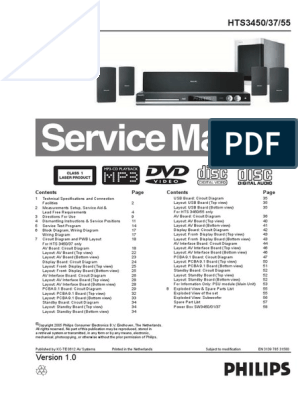0% found this document useful (0 votes)
466 views4 pagesIGCSE Chemistry - UNIT 6 - MOLE
1. The mole is the amount of substance that contains as many particles (atoms, molecules, etc.) as there are atoms in exactly 12 grams of carbon-12. Calculations using the mole allow chemists to convert between the number of particles and the mass of a substance.
2. Chemical equations can be used to calculate masses and volumes of reactants and products using molar masses and the mole ratios in the balanced equation. The volume of gases can be calculated using the molar volume at standard temperature and pressure.
3. Solution concentration is the amount of solute dissolved in a specific volume of solution and is expressed in terms of mass or moles per liter or cubic decimeter of solution. Calculations involving
Uploaded by
Raffaella LaxaldeCopyright
© © All Rights Reserved
We take content rights seriously. If you suspect this is your content, claim it here.
Available Formats
Download as DOCX, PDF, TXT or read online on Scribd
0% found this document useful (0 votes)
466 views4 pagesIGCSE Chemistry - UNIT 6 - MOLE
1. The mole is the amount of substance that contains as many particles (atoms, molecules, etc.) as there are atoms in exactly 12 grams of carbon-12. Calculations using the mole allow chemists to convert between the number of particles and the mass of a substance.
2. Chemical equations can be used to calculate masses and volumes of reactants and products using molar masses and the mole ratios in the balanced equation. The volume of gases can be calculated using the molar volume at standard temperature and pressure.
3. Solution concentration is the amount of solute dissolved in a specific volume of solution and is expressed in terms of mass or moles per liter or cubic decimeter of solution. Calculations involving
Uploaded by
Raffaella LaxaldeCopyright
© © All Rights Reserved
We take content rights seriously. If you suspect this is your content, claim it here.
Available Formats
Download as DOCX, PDF, TXT or read online on Scribd
/ 4

















































































































